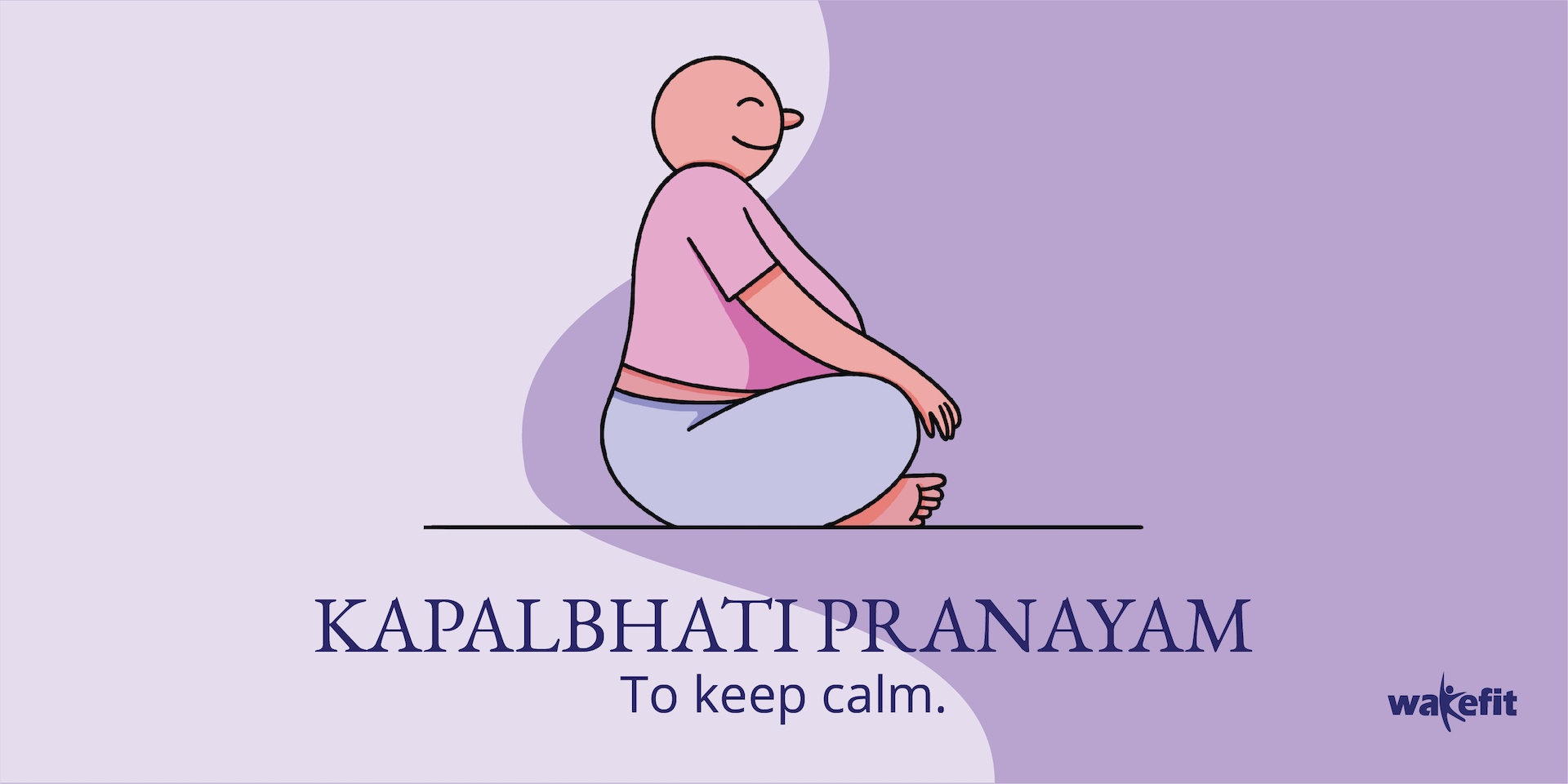Do you like taking naps during the day? If you do so regularly, you might be a polyphasic sleeper. Polyphasic sleep is the practice of getting multiple sessions of sleep in a day. Most people are monophasic sleepers who sleep only once at night.
Taking a nap during the day is considered biphasic sleeping and not polyphasic sleep. Taking two or more short naps during the day will make you a polyphasic sleeper. Is polyphasic sleep healthy though? Is it counted in healthy sleeping habits? Let’s take a closer look.

Examples of Polyphasic Sleep Cycles
Inadvertently, we’ve all had days where we followed a polyphasic sleep pattern. Everyone’s first interaction with a polyphasic sleep schedule is usually as a student in last-minute preparation before an exam, or when an assignment was due. Another example would be dealing with jetlag and long layovers while travelling.

Polyphasic Sleep Schedules
In the early 1940’s people began experimenting with polyphasic sleep as a way to increase their waking hours and work around their daily schedule. Polyphasic sleep is very common among most mammals and monophasic sleep is common among humans and other primates.
There were several pioneers of polyphasic sleeping who published their own approach to it. The Dymaxion schedule, Uberman schedule and Everyman schedule are the most well known structured polyphasic sleep cycles.
Dymaxion Schedule
Developed by architect Buckminster Fuller, this is a schedule that involves four naps that are 30 minutes long for a total of 2 hours of sleep a day. This schedule can be extremely difficult to follow, especially after the first two days when you have developed a sleep deficit.
The creator of this schedule claimed to have successfully followed this schedule for 2 whole years. While it is difficult at first, as you stick with it, your brain settles into REM sleep faster, making each short nap increasingly effective. This means it may be possible to get more rest out of fewer hours of sleep.

Uberman Schedule
If the Dymaxion schedule is too much for you, you could try your luck with the Uberman sleep cycle, which is built for variation. The schedule recommends 6-8 naps of 20-30 minutes each. You should aim for a minimum of 3 hours of sleep a day.
The difficulty of this schedule is likely to be the 20 minute naps. If you find it difficult to get to sleep or to wake up, you’ll need to train yourself in those respects first.

Everyman Schedule
Possibly the most practical of all the well known polyphasic schedules, the everyman schedule involves sleeping for 3 hours at night, supported by 3 naps of 20 minutes each during the day for a total of 4 hours of sleep.
Like the Uberman sleep cycle, you can make variations of your own on this schedule. However, the idea behind all of these schedules is to train your brain to achieve REM sleep faster so that you fewer hours of sleep doesn’t feel like a compromise.

Is Polyphasic Sleep Healthy?
The key to a successful polyphasic sleep schedule is to train your brain and body to get more out of every period of sleep. This doesn’t work the same way for everyone. While some people may seem full of energy and activity, others may struggle to keep up.
You should consider going back to a normal sleep schedule if you start feeling these symptoms of sleep deprivation.
- Increased Anxiety
- Difficulty staying focussed or awake.
- Poor memory
- Uncontrollable emotions
We all are aware of the importance of sleep so polyphasic sleep is a great idea when having a regular sleep cycle is not an option. Sailors, soldiers, students and doctors are some of the people who benefit from polyphasic sleep, since they have erratic schedules and need to sleep at odd hours.
There is also no scientific evidence to support the idea that your body can adapt to fewer hours of sleep because of polyphasic sleep.
Pros and Cons of Polyphasic Sleep
Pros
- Spend fewer hours on sleep everyday
- Wake up refreshed multiple times a day instead of just once.
- Train yourself to sleep and wake up on demand
- Excellent for people with erratic schedules
Cons
- Difficult to successfully implement
- May not be possible to follow with a 9-5 job
- Risks of sleep deprivation symptoms and complications
- No scientific evidence your body really will adapt to less sleep
How to go about polyphasic sleep?
Diving into a very difficult routine can make it difficult to achieve your goals and might even be dangerous. To start with, try to get the same 7-8 hours of sleep every day, start with biphasic sleeping, check which side is best to sleep and work up to 2-3 naps of 1 hour each throughout the day.
This will help your brain adjust to shorter periods of sleep, making them more restful over time. Eventually, you can try to start reducing the number of hours of sleep you get. Keep your first goal as 4 hours of sleep at night with 3 naps of 30 mins each.
Make sure you do not overdo it and put yourself at risk. If you are struggling with sleep deprivation, it is probably a good idea to reset with a good night’s sleep and try once again.




No Comments